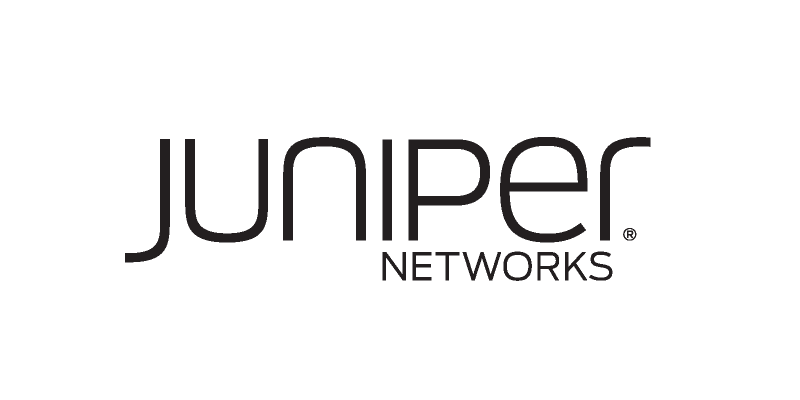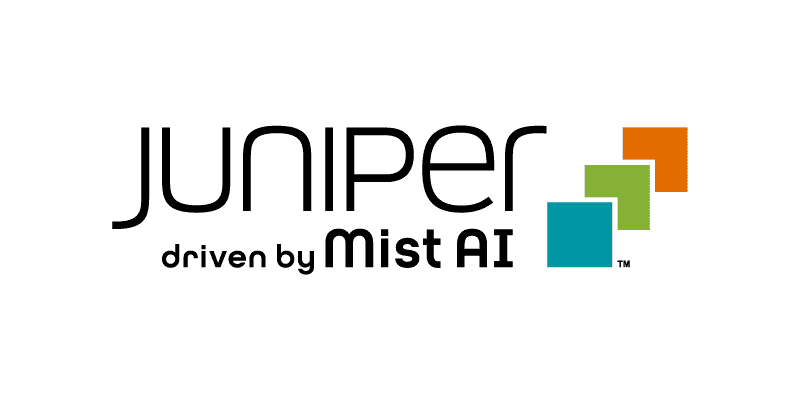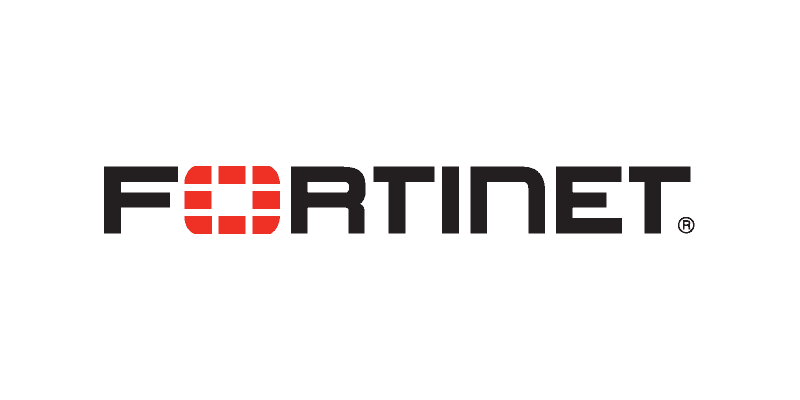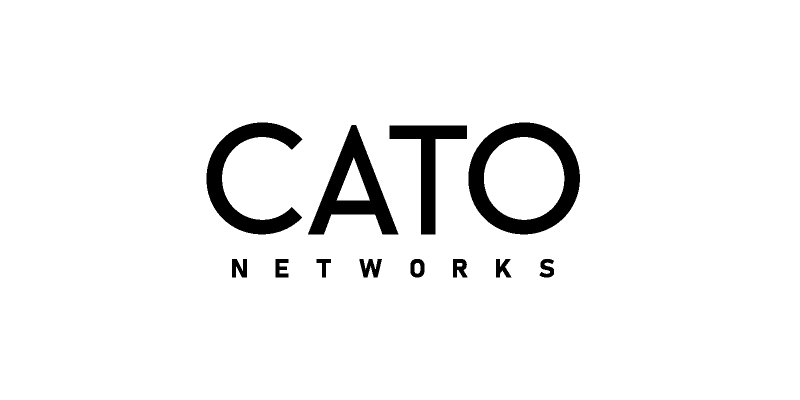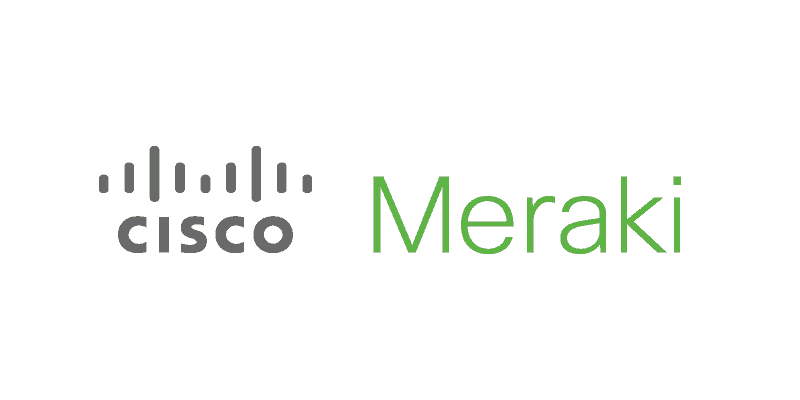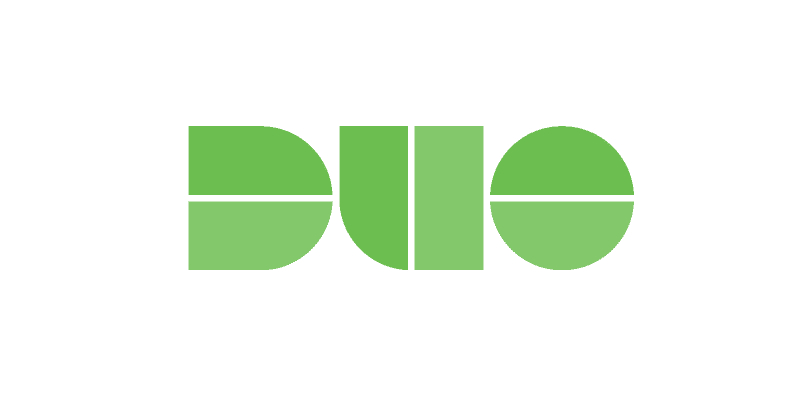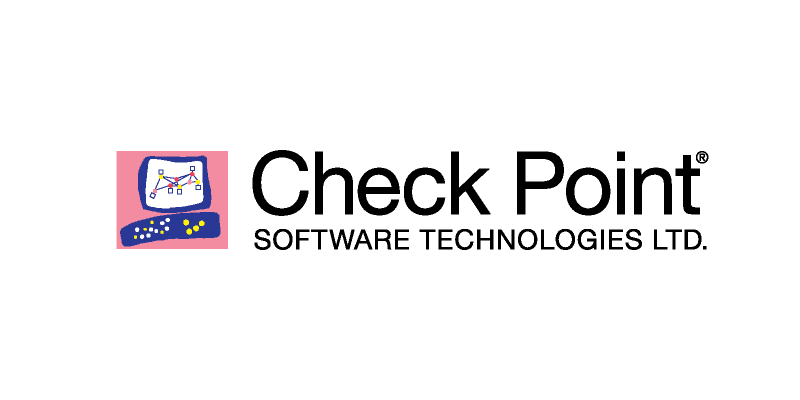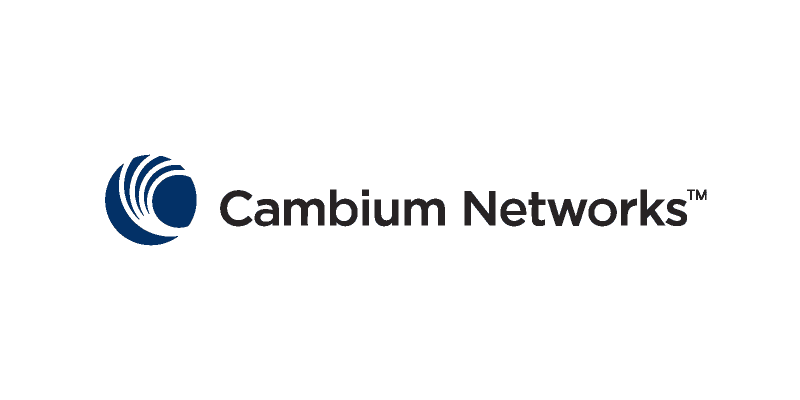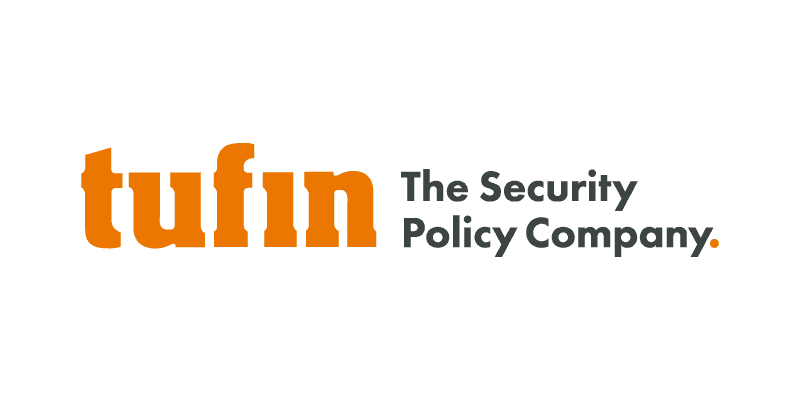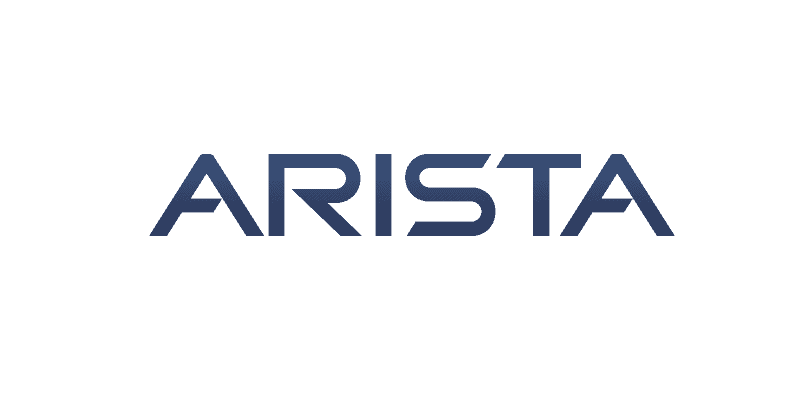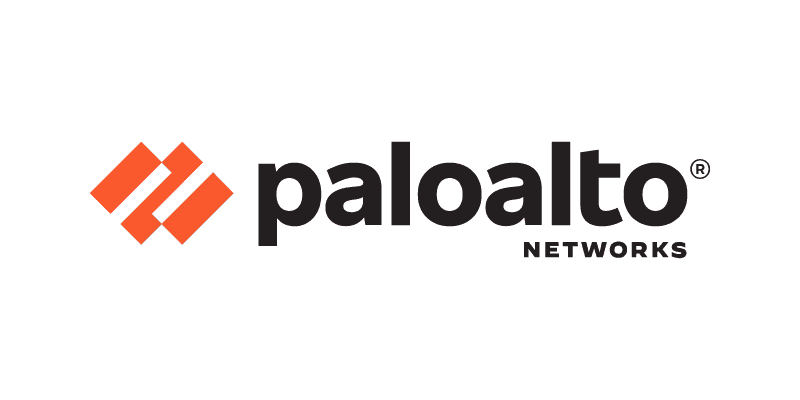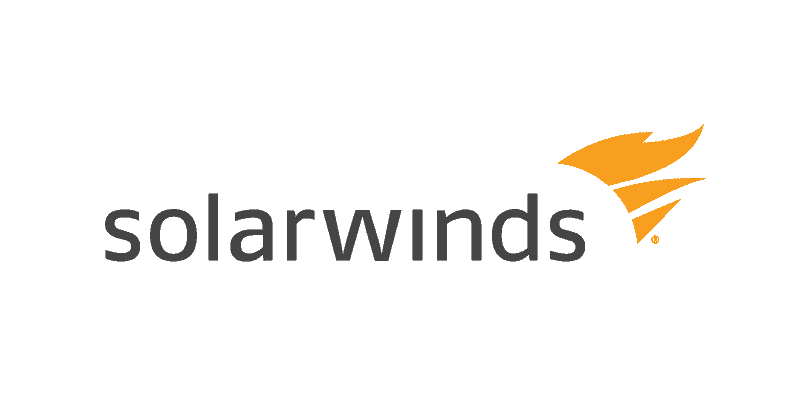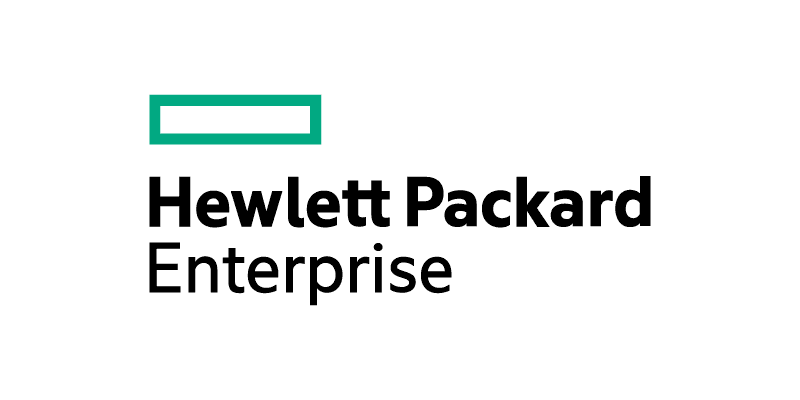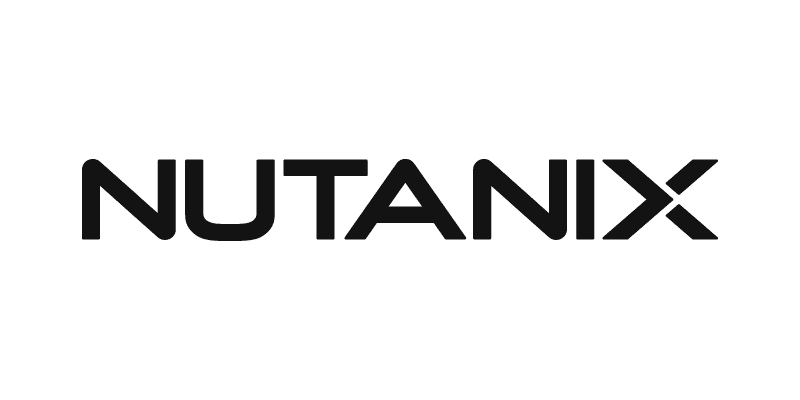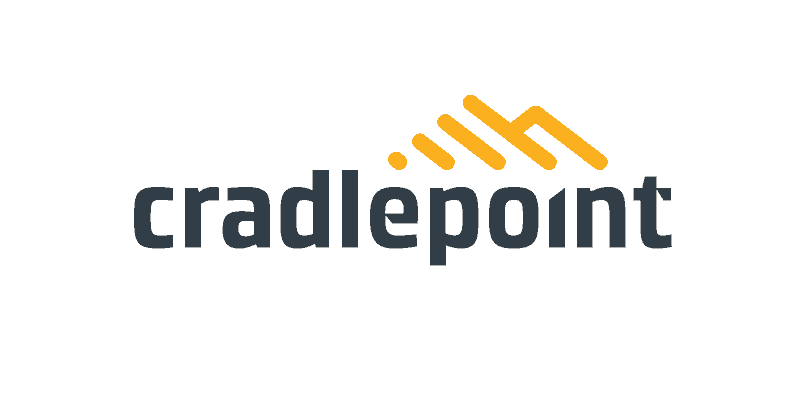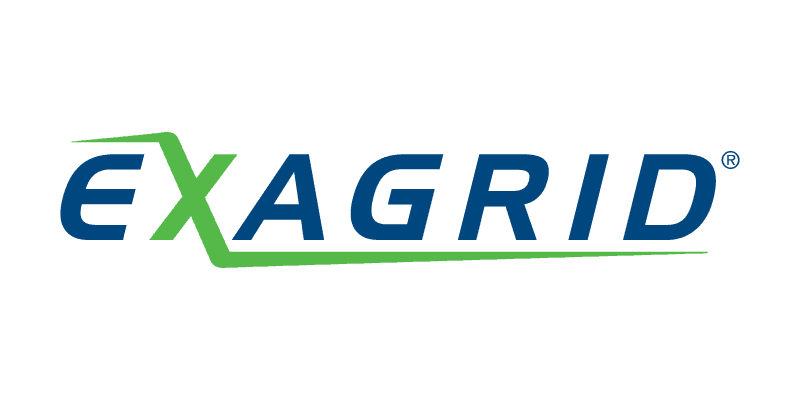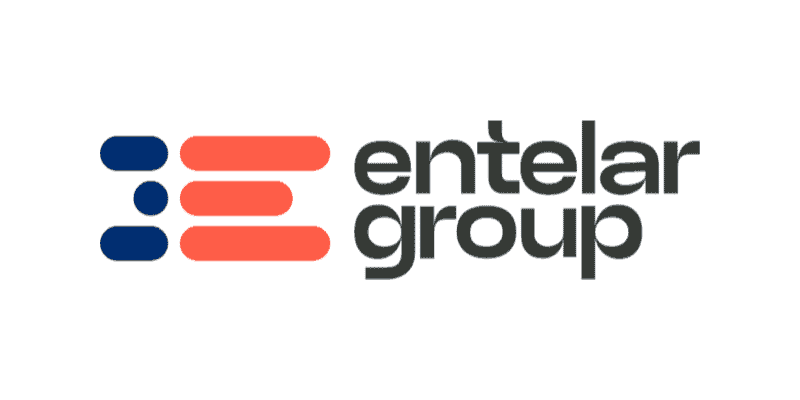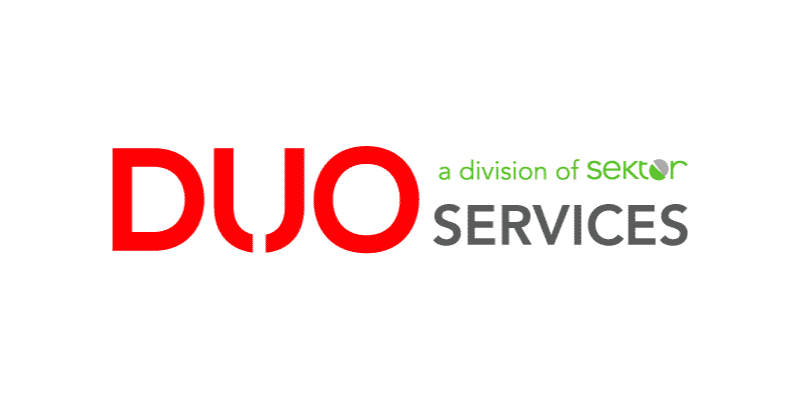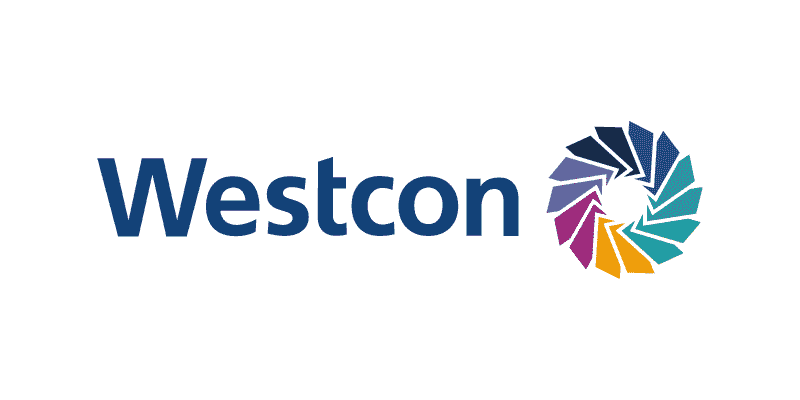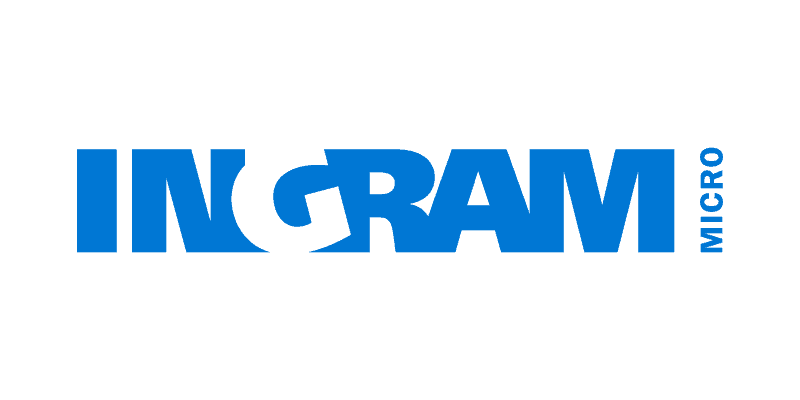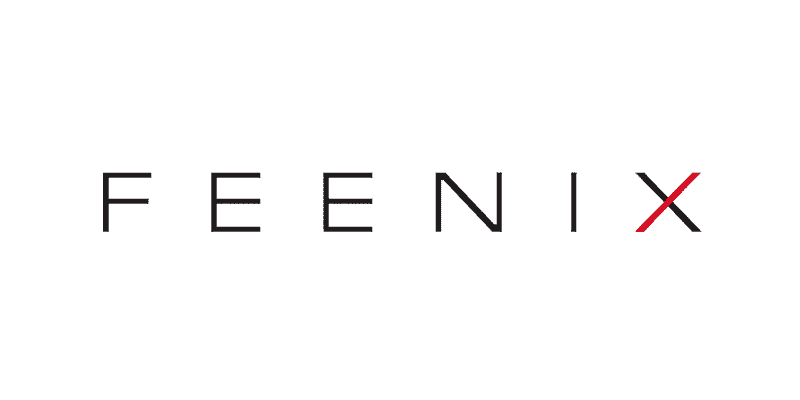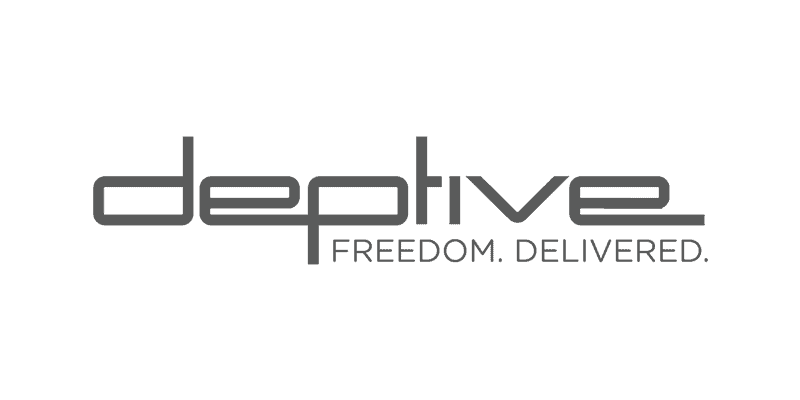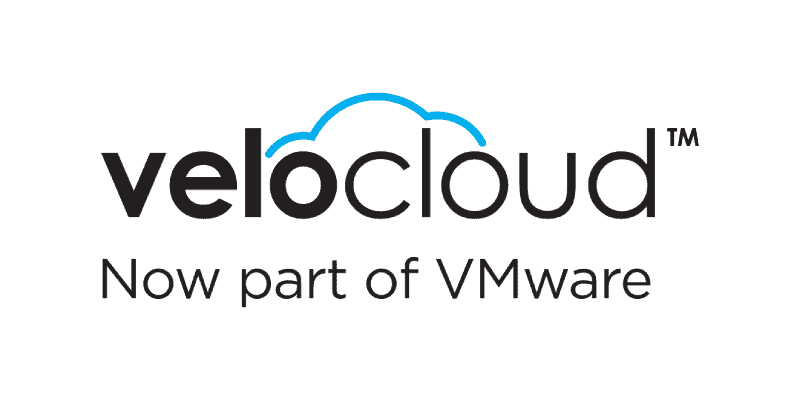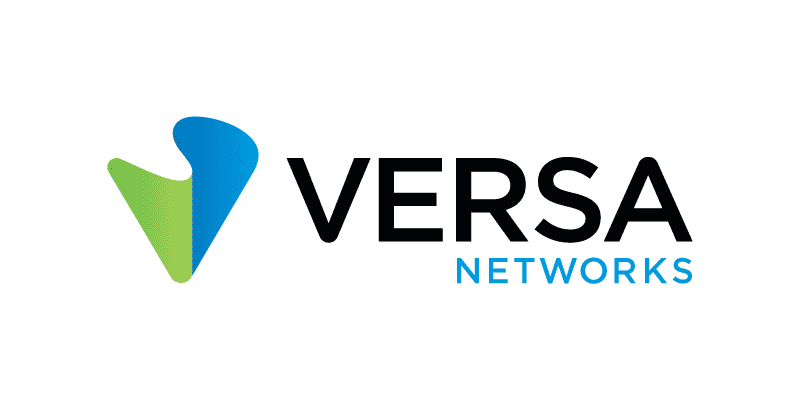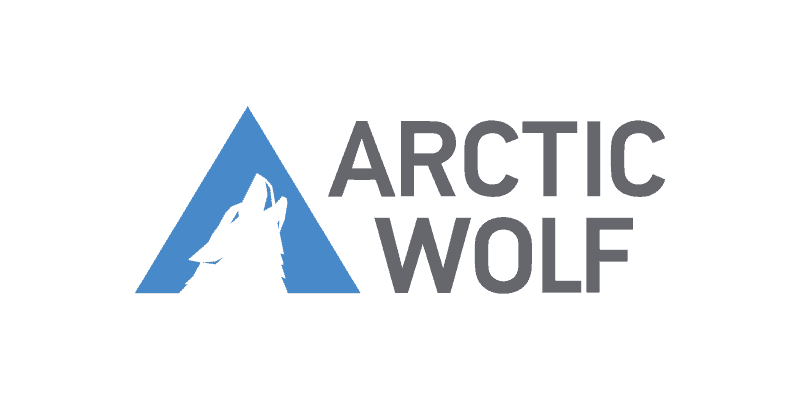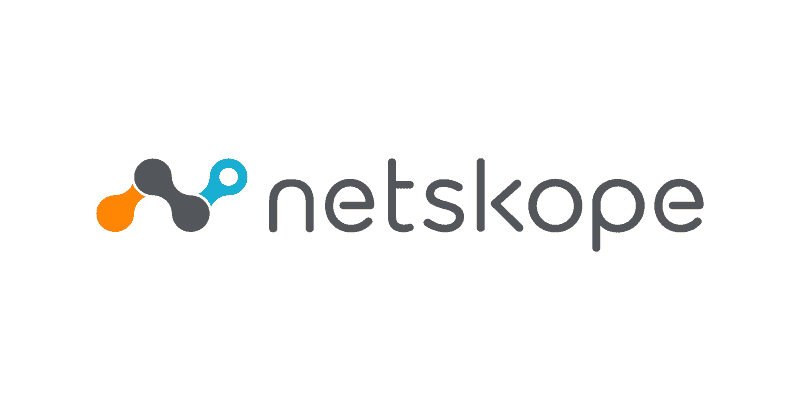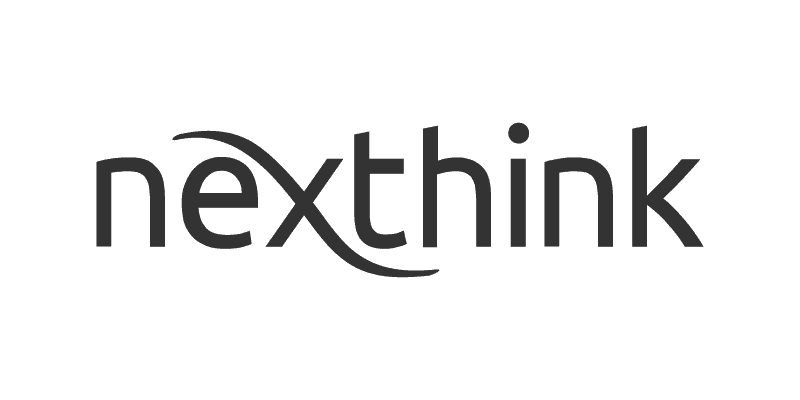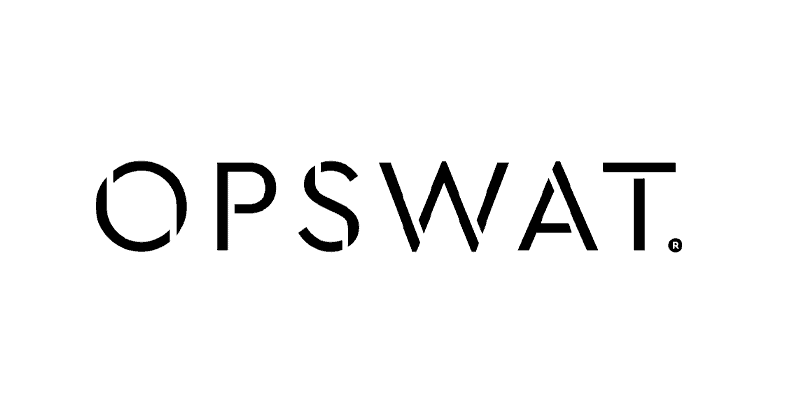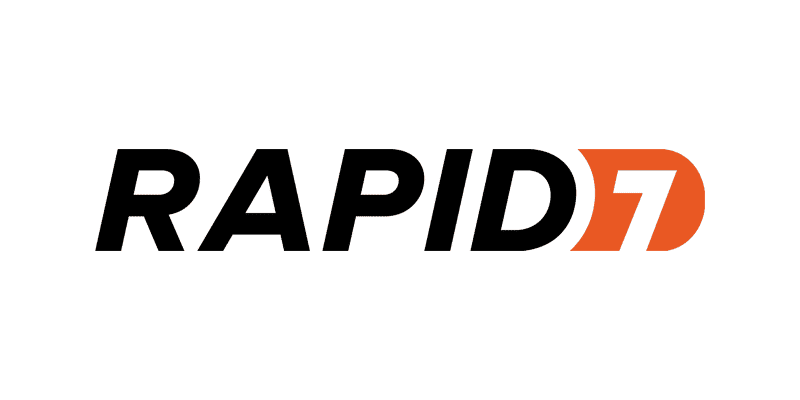Zero Trust
A journey to Zero Trust (ZT) is one that can be both confusing and daunting for organisations, very similar to SASE.
In its most simplistic form Zero Trust is just that, we shouldn’t trust anything. This can give the impression of being rigid and more restrictive, which it is, but only if it isn’t designed and implemented correctly.
Zero Trust
The aim of ZT is to create a far more secure environment that protects against unauthorized access to sensitive data and digital assets. Makes total sense!
Within ZT you will learn new acronyms that talk about ZT platforms, edges, and services. These terminologies attempt to simplify or clarify specific elements under the umbrella of Zero Trust. We see many organisations implement technology to address a specific need without taking the time to adequately understand all the business challenges. This includes what is being delivered, the total cost of ownership and more importantly the gaps that will exist once your ZT solution is delivered. Once you head down a path and are “locked in” it is very difficult to introduce new technologies to cover the gaps.
netQ has created an independent Architect led process for ZT journeys. We help our Customers develop a clear, concise, and coherent strategy aligned to business and technology goals and support you to choose the right ZT technology to achieve this. This approach ensures you are asking and answering the right questions, not creating technology debt, and delivering solutions that meet your business requirements and long-term strategy.
Our Partners
We take your security seriously, so we partner with some of the most trusted security vendors with world-class security expertise to protect your business from cyber threats across endpoints, cloud, and infrastructure.
Future-proof your network and build lasting connections with netQ – your trusted strategic asset
We empower businesses with cutting-edge technology and winning strategies for a more connected future. Our proven architect-led solutions are tailored to elevate your business security standards and foster growth.


